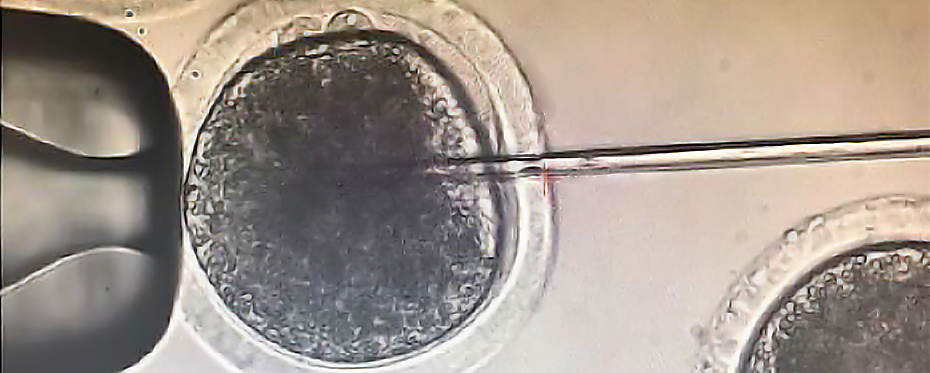Tag: CRISPR-Cas9
Regulating RNA interference by modifying RNA backbone with amides

Professor Eriks Rozners and colleagues at Binghamton University in New York, USA, are using innovative nucleic acid chemistry to modify RNA-based technologies such as RNA interference (RNAi) and Clustered Regularly Interspaced Short Palindromic Repeats (CRISPR) to enhance their utility in molecular biology. These technologies suffer from off-target effects that limit their clinical utility. By replacing phosphates in the backbone with […]
Read More… from Regulating RNA interference by modifying RNA backbone with amides
How to make a CRISPR cow

Genome editing offers an opportunity to introduce useful genetic traits into livestock breeding programmes. However, it has proven difficult to insert large DNA fragments into livestock embryos using the CRISPR-Cas9 system. Dr Alison Van Eenennaam and Dr Joseph Owen, of the University of California, Davis, employed their knowledge of bovine embryogenesis and DNA repair pathways, and the help of a […]
Directed evolution of CRISPR-Cas9 to increase specificity

Building upon previous CRISPR research and gene editing methods found in nature, Dr Lee and colleagues from ToolGen have developed a method of screening multiple Cas9 variants. Their method seeks to quickly and effectively screen many mutations of Cas9 to find one which possesses maximised on-target activity and minimised off-target activity. After successful development and implementation of the system, Sniper-Screen, […]
Read More… from Directed evolution of CRISPR-Cas9 to increase specificity